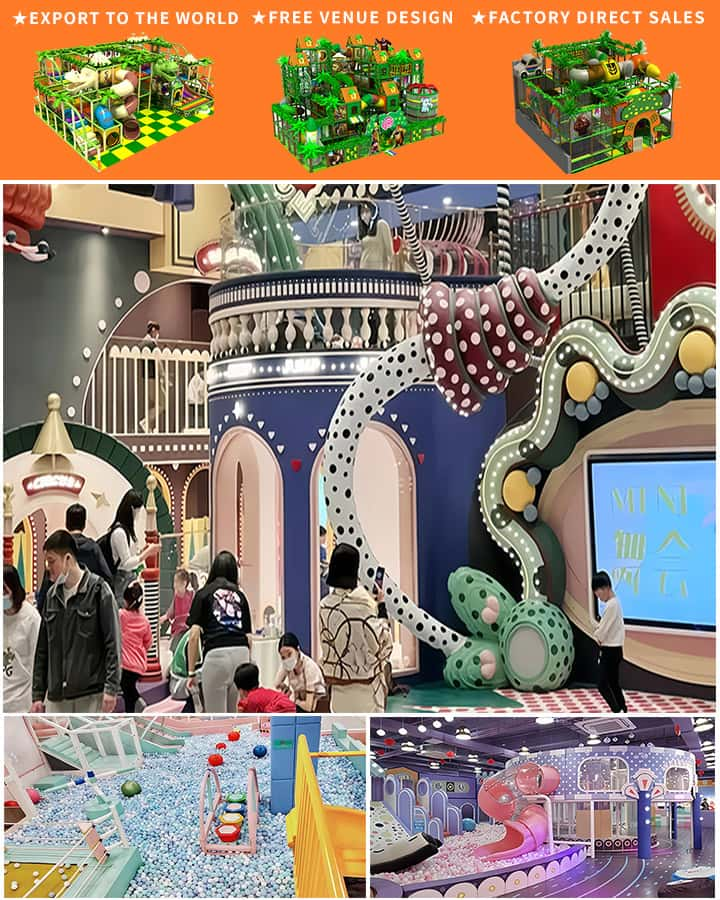In the world of childhood play and development, balance beams hold a special place. These simple yet effective tools not only provide endless hours of fun but also contribute significantly to a child’s physical, cognitive, and emotional growth. Whether used in a playground, gymnastics class, or even at home, balance beams are versatile pieces of equipment that can support children in numerous ways.
Physical Development
One of the most obvious benefits of balance beams is their role in enhancing physical development. When children walk, run, or jump on a balance beam, they engage multiple muscle groups, improving strength, coordination, and overall motor skills. This type of activity helps develop core stability, which is essential for many other physical activities and sports.
Additionally, balance beams can improve a child’s sense of spatial awareness. Navigating a narrow beam requires precise movements and adjustments, teaching kids how to control their bodies in various positions. Over time, this can lead to better posture and reduced risk of injuries in everyday activities.
Cognitive Growth
 Beyond physical benefits, balance beams offer significant cognitive advantages. They encourage problem-solving and decision-making as children figure out how to maintain their balance. This mental exercise sharpens their focus and concentration, skills that are transferable to academic settings and other tasks requiring attention to detail.
Beyond physical benefits, balance beams offer significant cognitive advantages. They encourage problem-solving and decision-making as children figure out how to maintain their balance. This mental exercise sharpens their focus and concentration, skills that are transferable to academic settings and other tasks requiring attention to detail.
Moreover, using balance beams can enhance a child’s ability to process sensory information. Balancing on a beam involves constant adjustments based on visual and proprioceptive (body position) feedback. This helps improve their neuromuscular coordination and fine-tunes their sensory motor integration.
Emotional and Social Benefits
The positive effects of balance beams extend into emotional and social realms as well. Successfully navigating a balance beam can boost a child’s self-esteem and confidence. The sense of accomplishment gained from mastering this skill can empower them to tackle other challenges with a similar positive attitude.
In group settings, such as gymnastics classes or playground environments, balance beams can promote social interaction and teamwork. Children learn to take turns, cheer each other on, and sometimes even collaborate on balancing games or routines. These social dynamics foster important life skills like cooperation, empathy, and communication.
Safety Considerations
While balance beams offer numerous benefits, it’s essential to prioritize safety when incorporating them into a child’s playtime or training regimen. Here are some key considerations:
- Supervision: Always supervise young children to prevent falls and injuries.
- Proper Height: Choose beams that are appropriate for the child’s height and skill level. Lower beams are generally safer for beginners.
- Non-Slip Surface: Ensure the beam has a non-slip surface to provide better traction and reduce the risk of slipping.
- Padding: Use mats or padding around the beam to cushion any accidental falls.
- Instruction: Teach children proper techniques and safety rules before allowing them to use the beam independently.
Conclusion
Balance beams are more than just playground equipment; they are valuable tools that aid in the holistic development of children. From enhancing physical abilities and cognitive skills to building emotional resilience and social interaction, the benefits they offer are multi-faceted. By incorporating balance beams into your child’s playtime or physical activities, you can help them grow stronger, smarter, and more confident – one step at a time.




